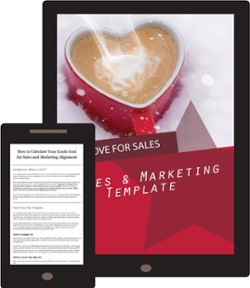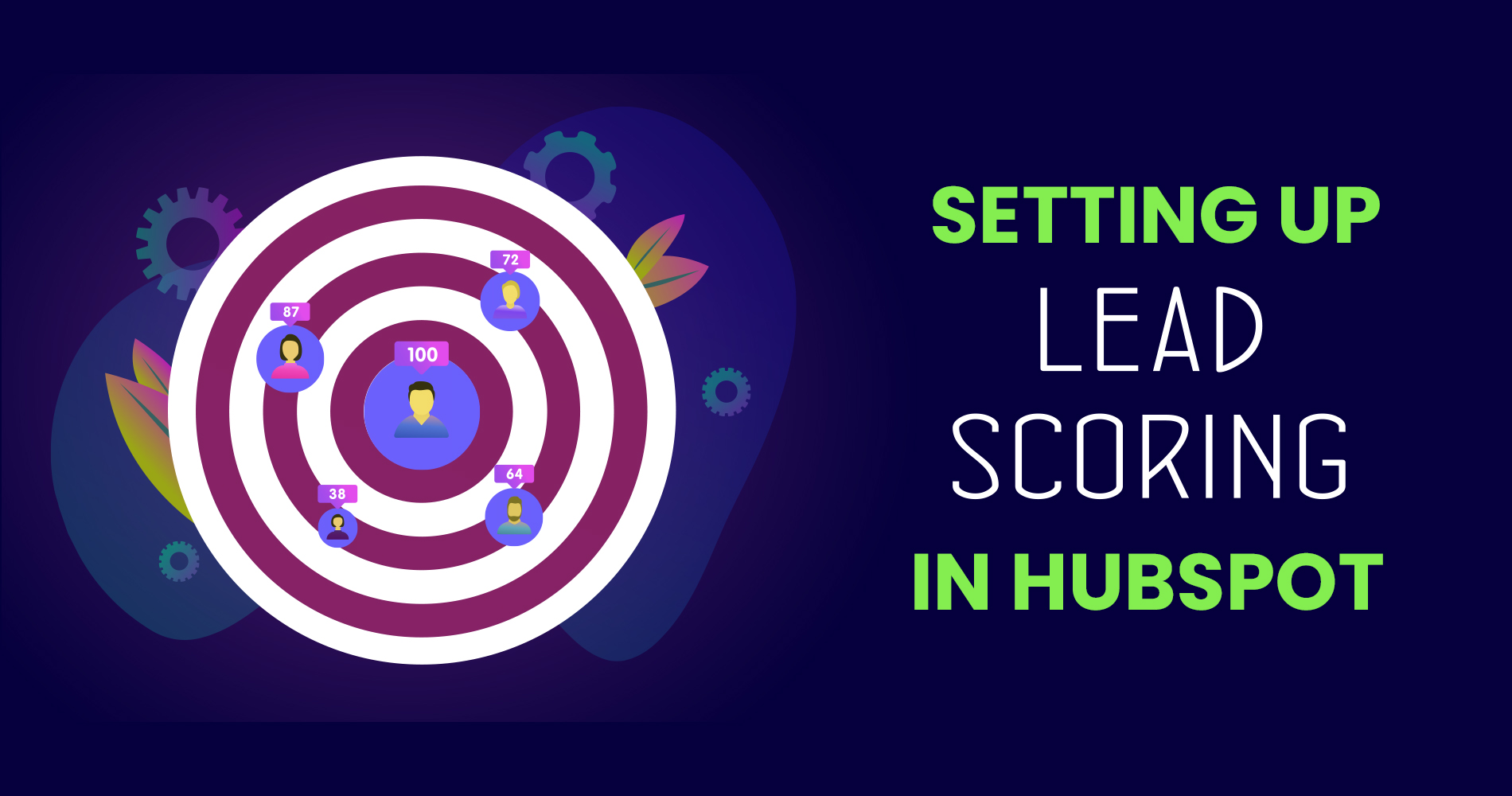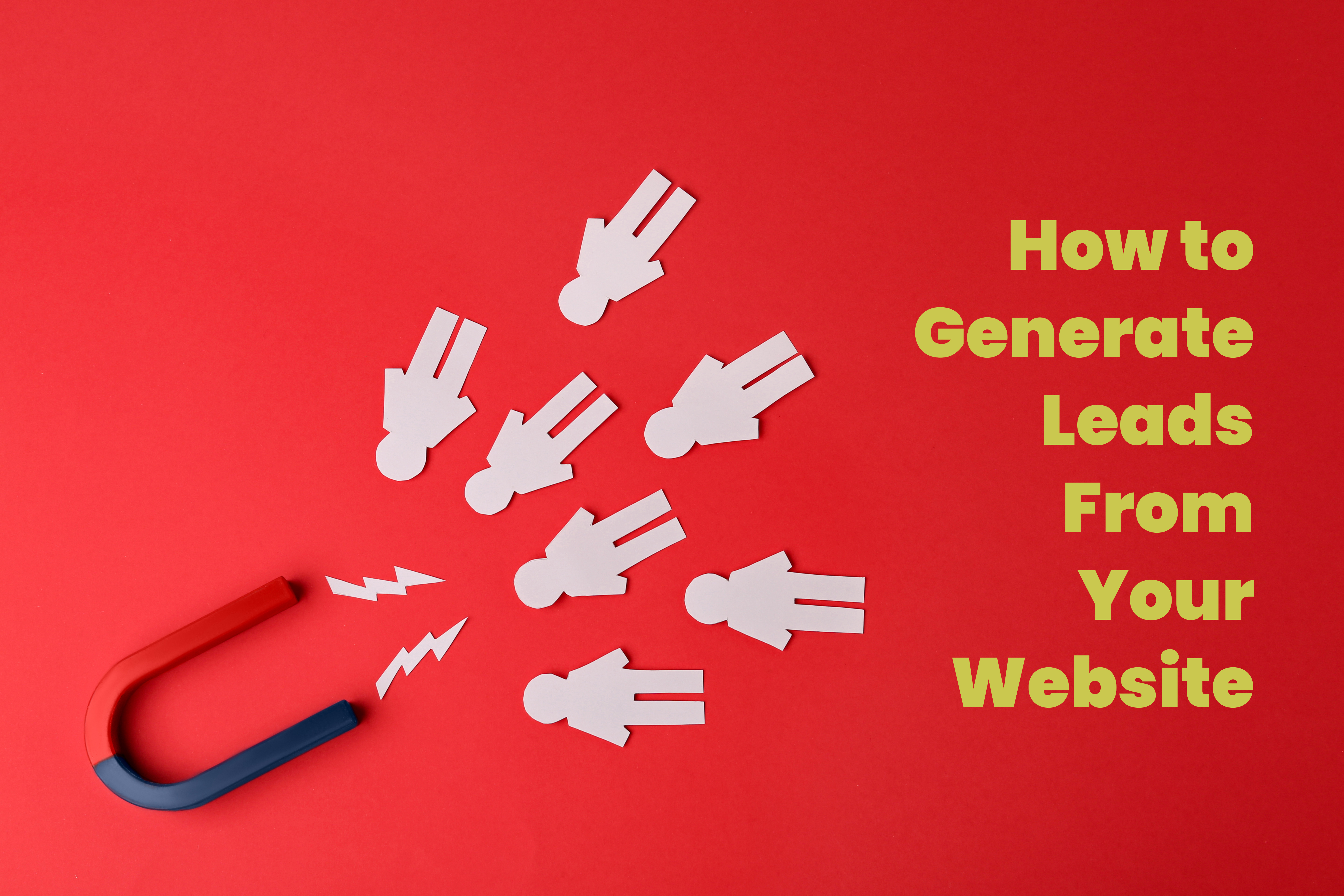Aren't all marketers eager to generate leads and increase their organic website traffic? In fact, It's the one primary objective that keeps them going!
However, Seasoned marketers know that not all prospects turn into paying clients.
It is not uncommon for a prospective customer to express interest in a product or service, but then withdraw their interest before a rep gets the chance to get in touch with them. As a marketer, you may achieve several hundred leads. While you might think of it as a great success, in actuality the majority are just browsing with no intention of buying the product immediately. At this point, if your sales reps aren't sure what to do, they might not pay attention to the most important customers and waste their time on useless ones. In this situation, lead scoring is essential.
Lead scoring helps you to focus your time and resources on high-quality prospects who could be headed toward conversion. By assigning a score to your leads, it's easier to distinguish those with sales potential from those that need to be nurtured through marketing. As a result, Sales has better-qualified leads, while the department communicates with Marketing more effectively.
So How exactly does lead scoring work, and in what ways can it help boost organic traffic on a website?
Let's start from the beginning…
What’s lead scoring?
You should first understand what lead scoring means for your marketing and sales teams before you implement it.
Lead scoring is a method of determining a lead's value by identifying their content and behaviour. Every lead has a unique value which is largely based on exposure shown to the company or their position in the buying cycle. The number of interactions with a lead will determine whether it is "hot," "warm" or "cold" in terms of points.
Lead scoring systems typically take into account two factors:
· Explicit factors:
Explicit factors are real-world factors, such as industry, company, and revenue, that can indicate if someone is an ideal prospect.
· Implicit factors
A score factor based on observed behaviours and interests, such as clicking on web pages, downloading content, or attending webinars, is an engagement factor. A lead's frequent visits to a product page, which is a critical step in the buyer's journey, can indicate strong interest, and their score can be increased accordingly.
Lead Scoring Overview
To begin with, your marketing and sales departments must define the parameters of a qualified lead. Scores are determined by collecting information about a lead's occupation and role in the industry to determine their likelihood of being a good customer. It is also helpful to look into a lead's activities, their demographics, or their areas of interest when determining their potential interest in your product or service.
The next step is to identify the likelihood that each action will result in a purchase and assign a point value accordingly. Lead scoring is usually based on a rating between 1 and 100. As an example, if a lead submitted the form on your landing page (20 points), visited your Facebook page (10), browsed your newsletter (20), they would earn 50 points. By contrast, Lead B visited the homepage (5), clicked on a blog (5), and likes the business's Facebook page (5), resulting in a 15 on the scorecard.
Where should you focus your efforts now? Obviously on the first lead since they are more likely to convert to sales!
Do you want to increase your organic traffic and lead generation, or improve sales efficiency?
Lead scoring will save you time and money since it can streamline:
- Prospecting for promising leads
- Eliminating ineffective leads
- Lead nurturing for medium-term commitment
Let's see how you can utilise it to your advantage.
Lead scoring Methodology
1. Find out the conversion rate for each of your leads.
Conversion rate measures the ratio of new customers to leads generated. Use this number as a metric.
- Determine which attributes represent higher quality leads.
When designing a model, picking which attributes to include is a bit of an art. As you select your attributes, you'll consider your sales conversations, your analytics, and so on -- but, ultimately, you'll rely on your judgment.
3. Determine the close rates for each attribute.
Knowing how many people are taking each type of action on your website -- or the kind of person who is taking that action -- can help you figure out the next step.
Measure how many people become qualified leads (and eventually customers) based on their actions or their positioning relative to core customers. The next step is to score your leads Using their close rates
- Rank each attribute by its close rate against your overall close rate and assign a point value.
Consider attributes with significantly higher close rates than your own. Once you have selected the attributes you wish to assign points to, decide how many points you will give each attribute. Consider the magnitude of the close rate for each attribute when determining their point values.
5. Implement cues and clues
Leads can be graded "A," "B," "C," or "D," depending on their score. (Or by any other system.) Leads marked "A" can be sent directly to sales, while leads with lower scores can be nurtured longer. You could tailor different nurturing programs for B, C, and D leads, based on your data analysis results.
6. Nurturing accelerators
A Lead nurturing accelerator indicates that a lead has proceeded further in the buying cycle than its lead score and previous behaviours indicated. For example, it could be filling out your Contact Us form or Checking out your pricing page
Finding out what accelerators indicate a sales-ready lead is a great strategy that will shorten the sales cycle and return value.
Lastly,
The goal of inbound marketing is to attract new contacts to your database as well as increase your organic website traffic. This requires lead scoring and nurturing since these strategies will enable you to convert more consumers in line with their behaviour.
 Check Out This Simple SLA for Sales & Marketing Harmony
Check Out This Simple SLA for Sales & Marketing Harmony





